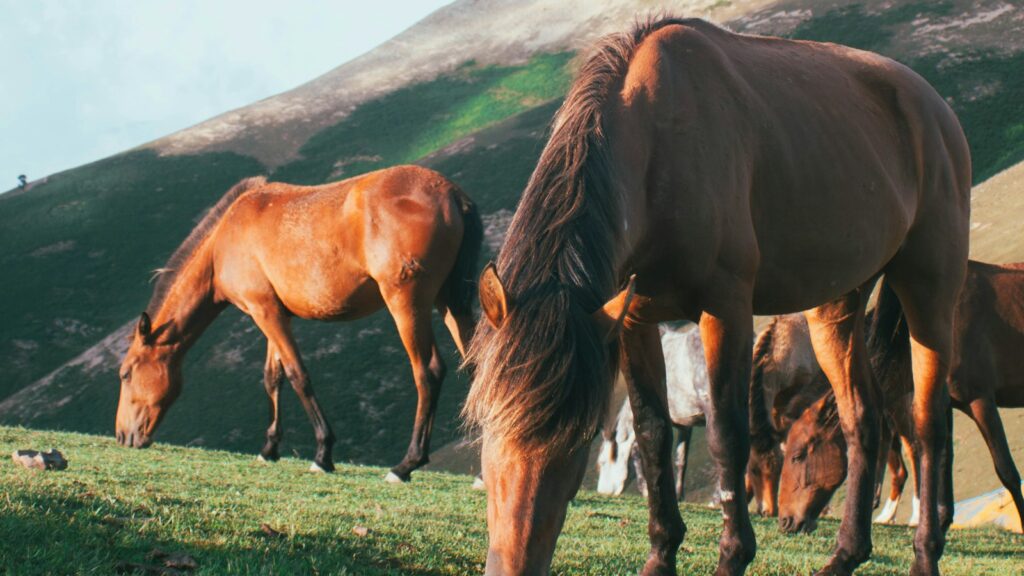Mountain trail riding with your horse offers breathtaking views and an unparalleled connection with nature, but the steep terrain demands a physically fit and mentally prepared equine partner. Successfully navigating mountain trails requires specialized conditioning that goes beyond typical arena work. Proper preparation not only ensures your safety but also enhances the enjoyment of your mountain adventures while preventing injuries to your horse. This comprehensive guide outlines how to develop your horse’s strength, balance, endurance, and confidence to tackle challenging mountain terrain with ease.
Understanding the Physical Demands of Mountain Trails
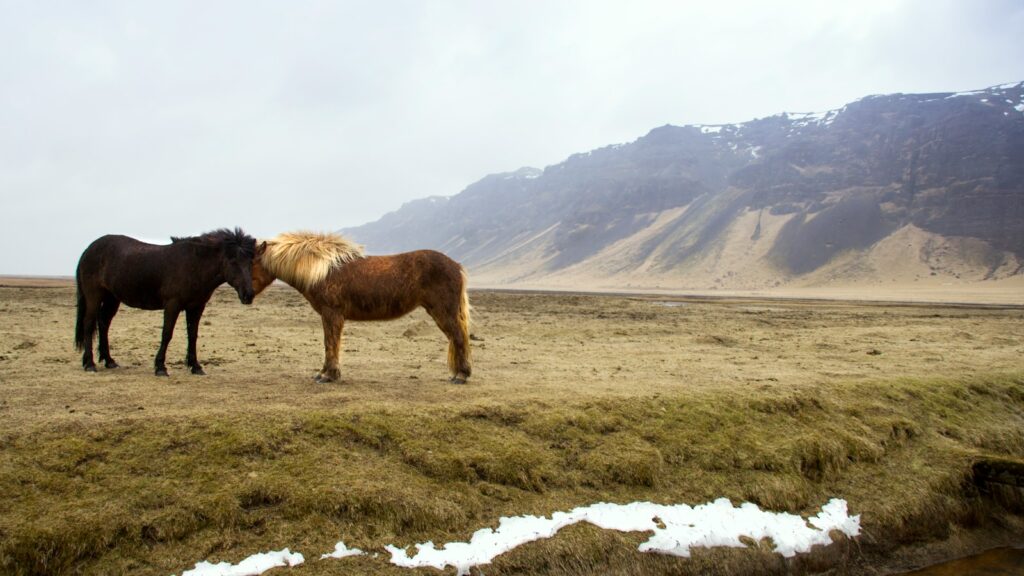
Mountain trails place unique stresses on your horse’s body that differ significantly from flat terrain riding. The steep ascents require powerful hindquarter engagement, while descents demand strong forehand braking and balance. Your horse must develop the cardiovascular capacity to work in higher altitudes where oxygen is less available. Additionally, uneven footing challenges your horse’s proprioception (body awareness) and requires quick adjustments to maintain balance. These combined factors mean that even a horse that performs well in arena settings or on flat trails may struggle initially with mountain terrain without proper conditioning.
Assessing Your Horse’s Current Fitness Level
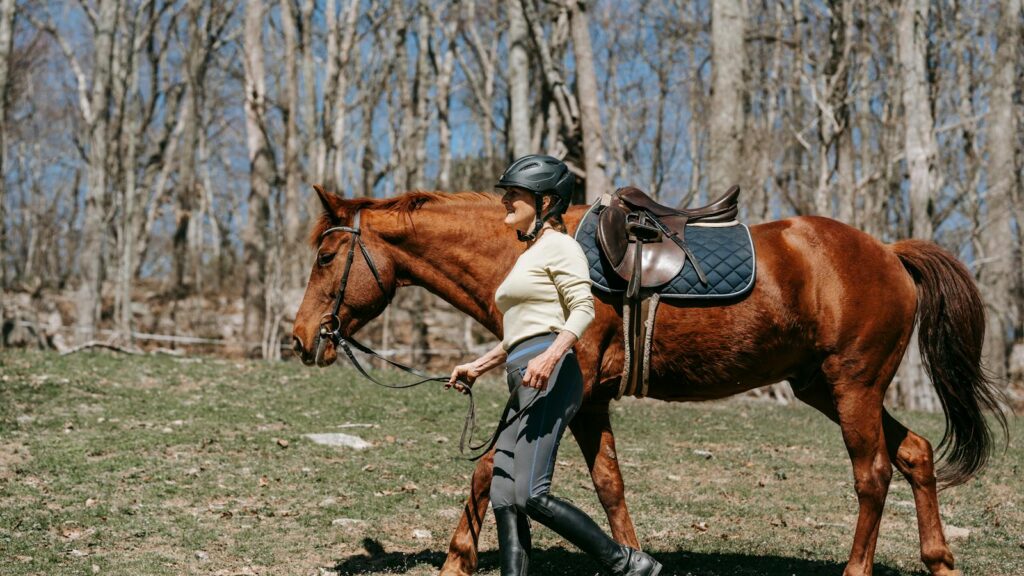
Before beginning any conditioning program, honestly evaluate your horse’s current fitness and physical capabilities. Note your horse’s resting heart rate, recovery time after exercise, muscling, and any areas of weakness or previous injuries that might affect mountain work. Consider your horse’s age, breed characteristics, and conformation, as some horses may be naturally better suited to steep terrain than others. Track your horse’s weight and body condition score throughout training, as mountain work burns significant calories. This initial assessment provides a baseline against which you can measure progress and helps you set realistic goals for your conditioning timeline.
Creating a Progressive Training Schedule
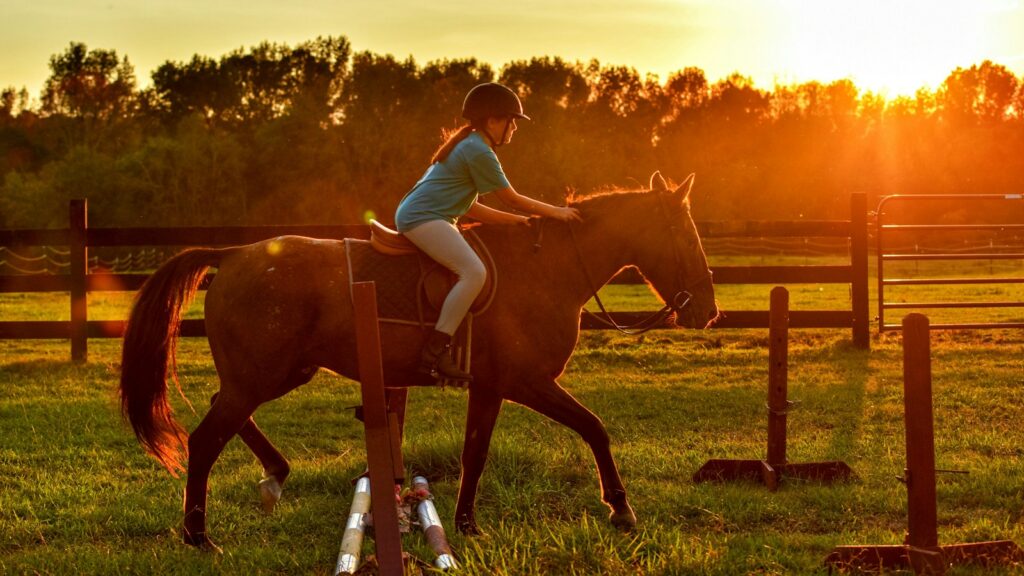
Effective mountain conditioning follows the principle of progressive loading – gradually increasing difficulty while allowing adequate recovery time. Begin with 2-3 sessions weekly of 20-30 minutes, gradually increasing to 3-4 sessions of 45-60 minutes over several months. Always include a proper warm-up and cool-down phase in each session. Structure your program in 4-6 week training blocks, with each block slightly increasing in intensity or duration. Include recovery weeks with reduced intensity every 3-4 weeks to prevent overtraining and support physical adaptation. Remember that rushing conditioning can lead to injuries, mental burnout, or compromised performance on the trail.
Building Core Strength and Balance

A strong core is the foundation for all mountain work, enabling your horse to maintain balance and efficient movement on varied terrain. Incorporate hill work at the walk initially, gradually adding trot work as fitness improves. Ground pole exercises with varied heights and spacing develop proprioception and coordination. Backing up hills strengthens hindquarters while teaching your horse to shift weight backward – a crucial skill for steep descents. Consider incorporating techniques from disciplines like dressage that focus on collection, lateral movements, and engagement of the hindquarters. These exercises develop the deep abdominal and back muscles that support your horse on challenging terrain.
Developing Cardiovascular Fitness
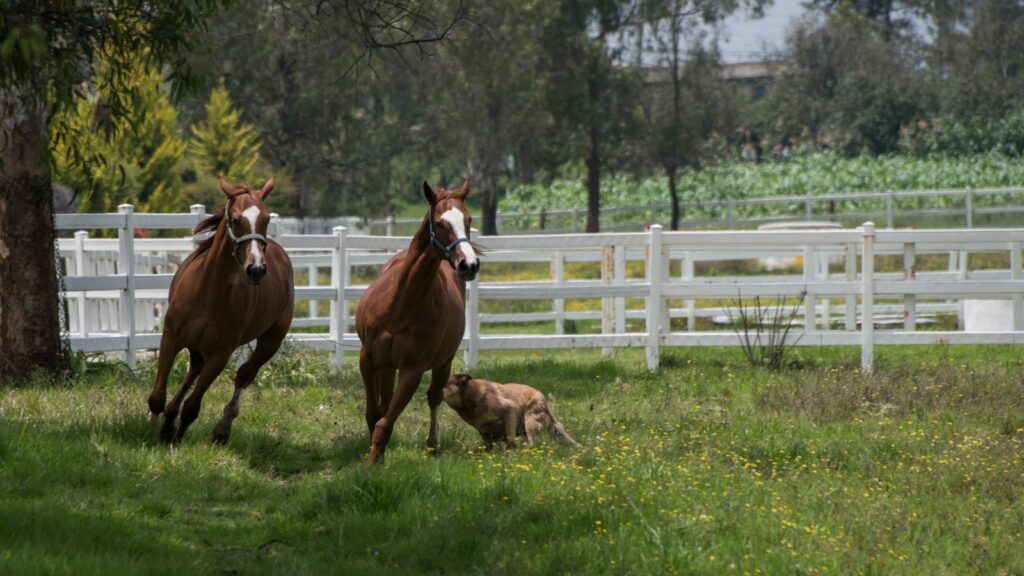
Mountain riding requires superior cardiovascular endurance, particularly at higher elevations where oxygen is less available. Start with interval training, alternating between periods of work and active recovery to gradually improve your horse’s aerobic capacity. Long, slow distance work forms the foundation of endurance, so incorporate rides of increasing duration at a moderate pace. Include varied gaits in your conditioning—walking develops different muscle groups than trotting or cantering. Heart rate monitoring provides valuable feedback; aim for recovery to under 60 beats per minute within 10-15 minutes after exercise, gradually improving this recovery time as conditioning progresses.
Strengthening Hindquarters for Uphill Work
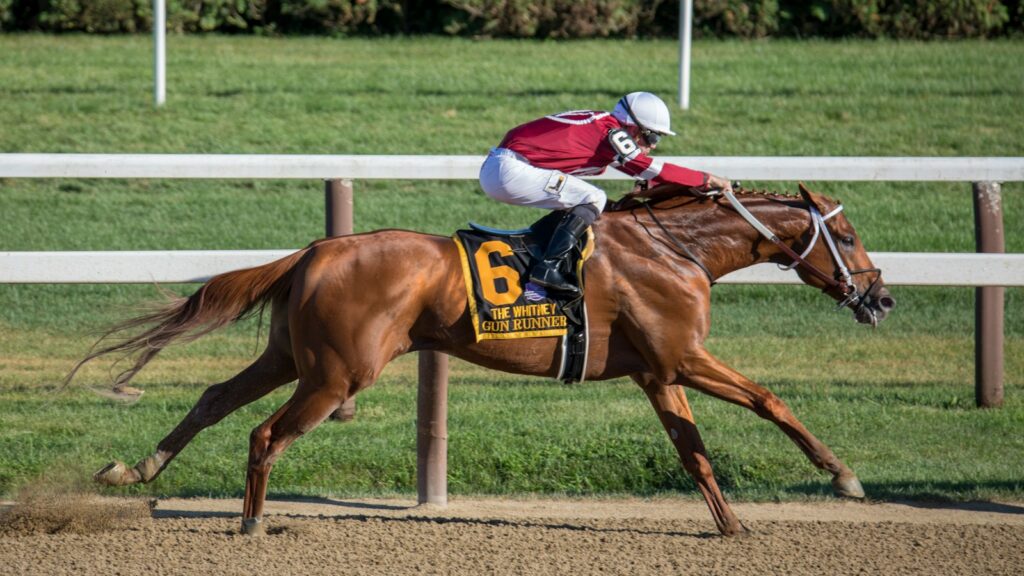
Powerful hindquarters enable your horse to push uphill efficiently and maintain stamina on long ascents. Incorporate exercises like trotting up gradual slopes, which engages the large muscle groups in the haunches and builds propulsive strength. Hill repeats—walking or trotting up slopes, then walking back down to recover—provide focused hindquarter conditioning. Ground exercises like backing up inclines or performing turns on the forehand also target these muscle groups. For advanced horses, collected work and transitions between gaits on hills further develop the strength and engagement needed for steep climbs. Pay particular attention to symmetrical development, as many horses have a naturally stronger side.
Conditioning Forehand and Braking Muscles for Downhill Work
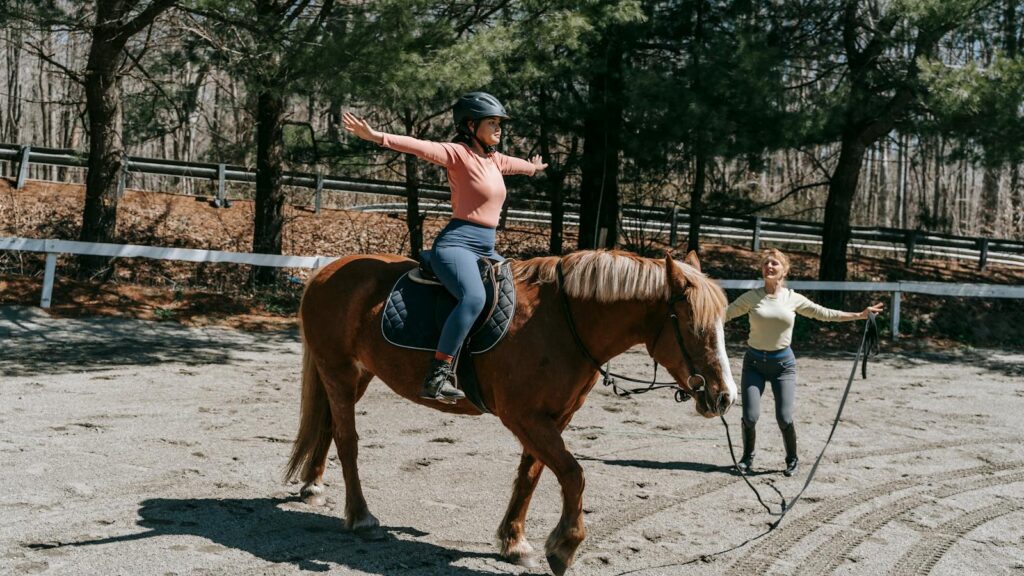
Descending steep trails safely requires tremendous strength in your horse’s forehand, shoulders, and braking muscles. Practice controlled walking down progressively steeper hills, encouraging your horse to step deliberately rather than rushing. Teach your horse to distribute weight evenly and avoid leaning heavily on the forehand. Backing exercises, particularly up slight inclines, build the pushing muscles needed for controlled descents. Incorporate cavaletti work to improve foot placement awareness and encourage your horse to pick up the feet deliberately. Remember that downhill work places significant stress on joints and tendons, so progress gradually and allow ample recovery time between sessions.
Developing Proprioception and Surefootedness
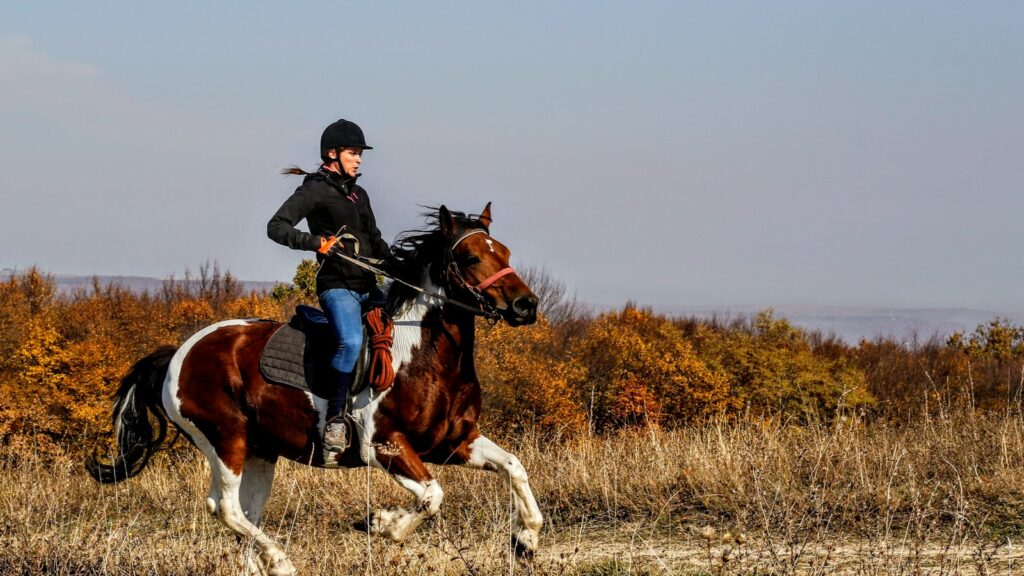
A trail-savvy mountain horse needs exceptional awareness of where each foot lands on varied and sometimes treacherous terrain. Create obstacle courses with varied footing surfaces like sand, gravel, wood chips, and water crossings to develop adaptability. Set up patterns of ground poles at irregular intervals and heights to teach your horse to adjust stride length and foot placement. Practice negotiating natural obstacles like logs, rocks, and narrow passages at a walk before introducing speed. Allow your horse opportunities to problem-solve footing challenges with minimal interference from you, which builds confidence and independent thinking. These exercises develop the neural pathways needed for quick adjustments on unpredictable mountain trails.
Addressing Mental Preparation and Confidence
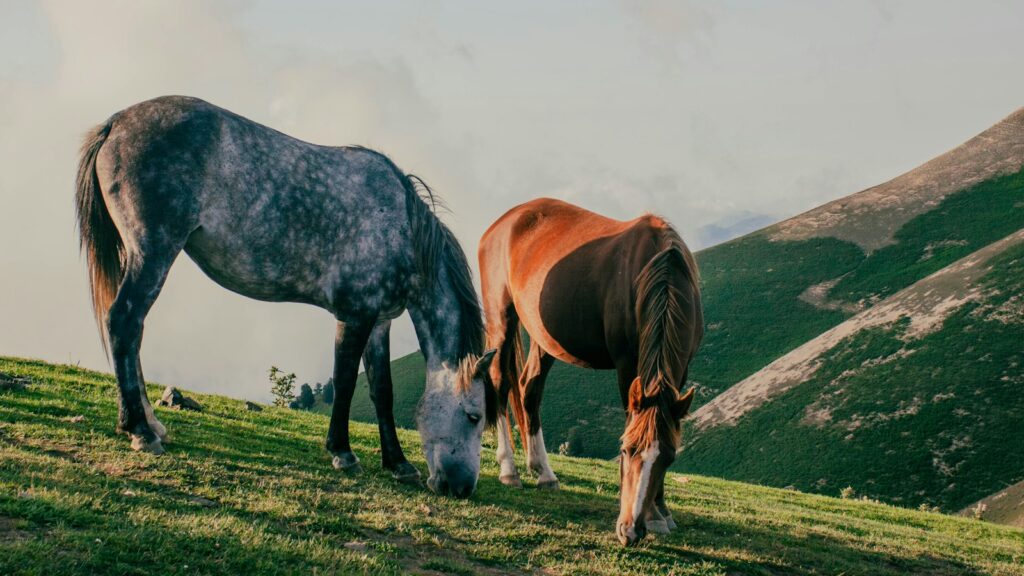
Physical conditioning is only half the equation; mental preparation is equally important for mountain trail success. Gradually expose your horse to increasingly challenging situations in controlled environments before facing them on actual trails. Practice riding through water, over bridges, and past flapping objects to develop trust and reduce reactivity. Teach your horse to stand quietly on slopes and in potentially unsettling situations like alongside drop-offs. Use positive reinforcement when your horse shows courage facing new challenges. Remember that tension transfers directly from rider to horse, so developing your own confidence and relaxation techniques benefits your equine partner as well.
Nutrition and Hydration Considerations
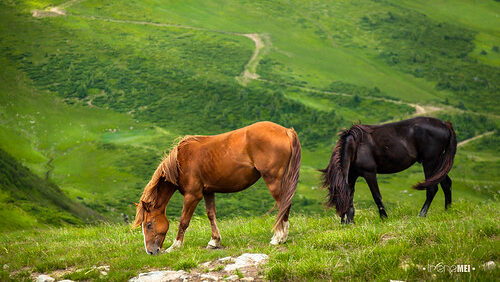
Mountain work increases your horse’s caloric needs substantially, often requiring dietary adjustments to maintain optimal condition. Provide high-quality forage as the foundation of your horse’s diet, supplementing with appropriate concentrates for added energy if needed. Consider adding electrolytes during intensive conditioning periods and on actual trail days, particularly in warm weather. Ensure your horse maintains adequate hydration by teaching them to drink from varied water sources before embarking on long trails. Monitor body condition regularly, adjusting feed accordingly—many horses require 25-30% more calories during intensive mountain conditioning than during normal work. Pay special attention to hoof nutrition, as mountain terrain places additional stress on feet and legs.
Equipment Considerations for Mountain Training
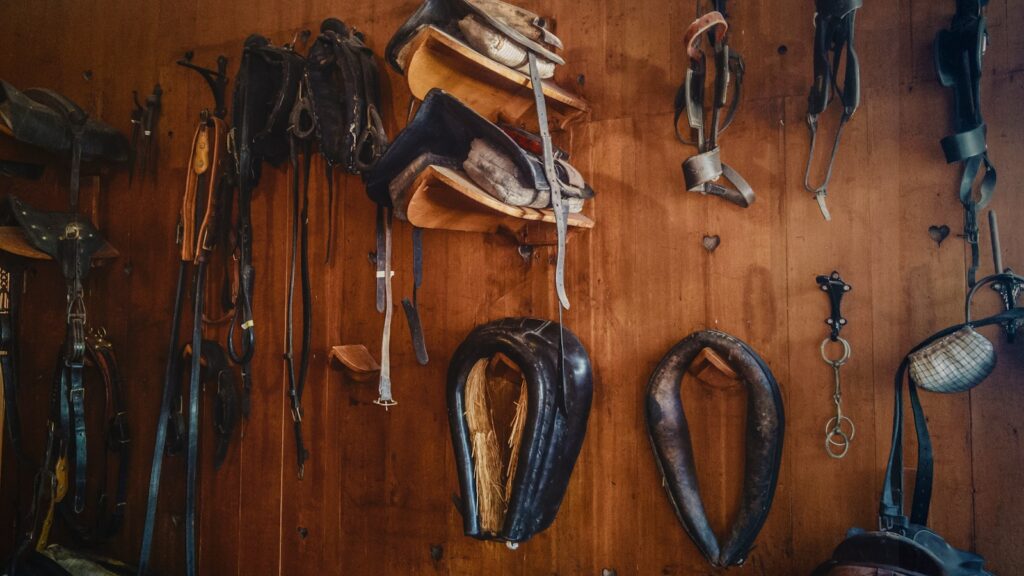
Proper equipment supports your conditioning program and enhances safety on steep terrain. Ensure your saddle fits perfectly, as ill-fitting tack causes discomfort that’s magnified on hills and can create resistance to forward movement. Consider a breastcollar to keep the saddle stable during steep climbs, and potentially a crupper for extremely steep descents. Boots or shoes with traction devices may be necessary depending on your terrain, but consult with your farrier about the appropriate options for your specific conditions. Invest in high-quality, secure tack with safety releases for any trailering to conditioning sites. Remember that equipment needs may change as your horse’s muscling develops through your conditioning program.
Implementing Simulated Trail Challenges
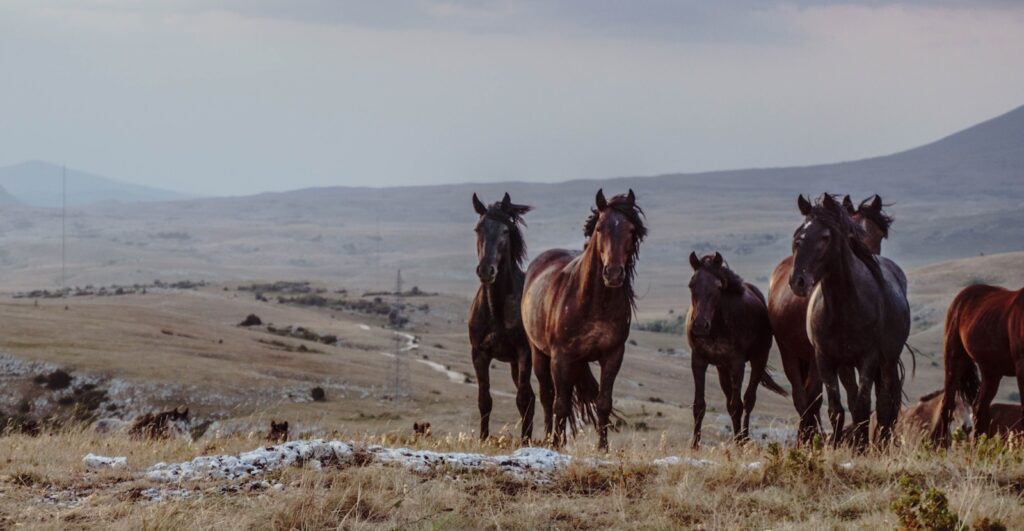
Before heading to actual mountain trails, create simulated challenges that prepare your horse for what they’ll encounter. Set up trail obstacle courses that include elements like narrow passages between trees, step-ups and step-downs, and sidehilling exercises where your horse traverses slopes laterally. Practice opening gates while mounted and navigating tight spaces that require precise control. Create opportunities to encounter wildlife or unusual objects in controlled settings. If natural hills aren’t available in your area, use arena banks, bridge embankments, or man-made mounds to simulate inclines. These controlled scenarios allow you to develop specific skills without the added pressure of an actual trail situation.
Monitoring Progress and Preventing Injuries
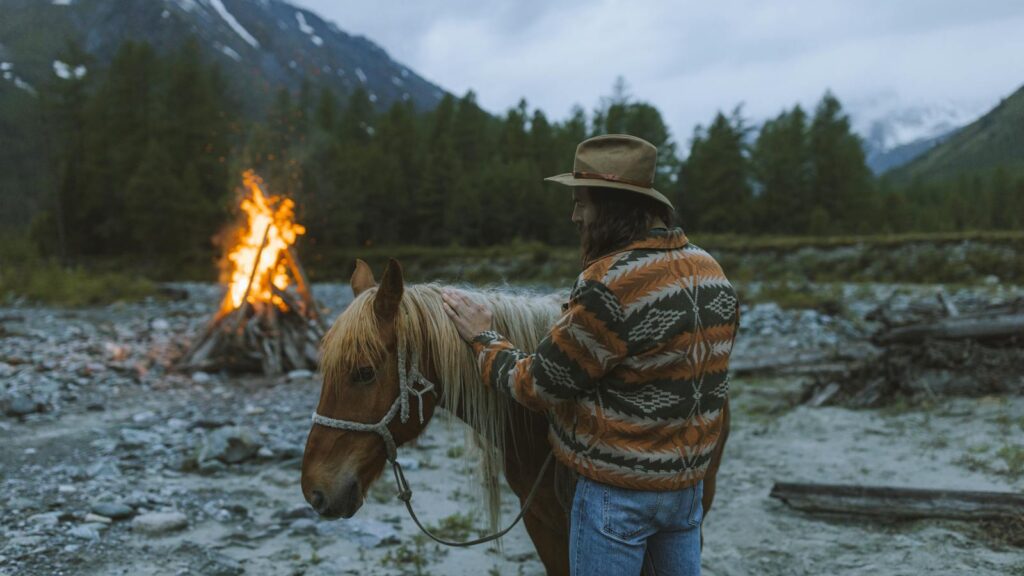
Systematic tracking helps prevent overtraining and ensures steady progress toward your mountain trail goals. Keep a detailed conditioning journal documenting exercise type, duration, intensity, and your horse’s response to each session. Learn to recognize the subtle signs of fatigue, such as decreased impulsion or reluctance to move forward. Monitor resting heart rate and recovery time after exercise as objective measures of improving fitness. Implement regular body checks, feeling for heat, swelling, or sensitivity that might indicate developing issues. Schedule appropriate rest days between conditioning sessions, as muscle development and cardiovascular improvements actually occur during recovery periods, not during the work itself.
Gradual Introduction to Actual Mountain Trails
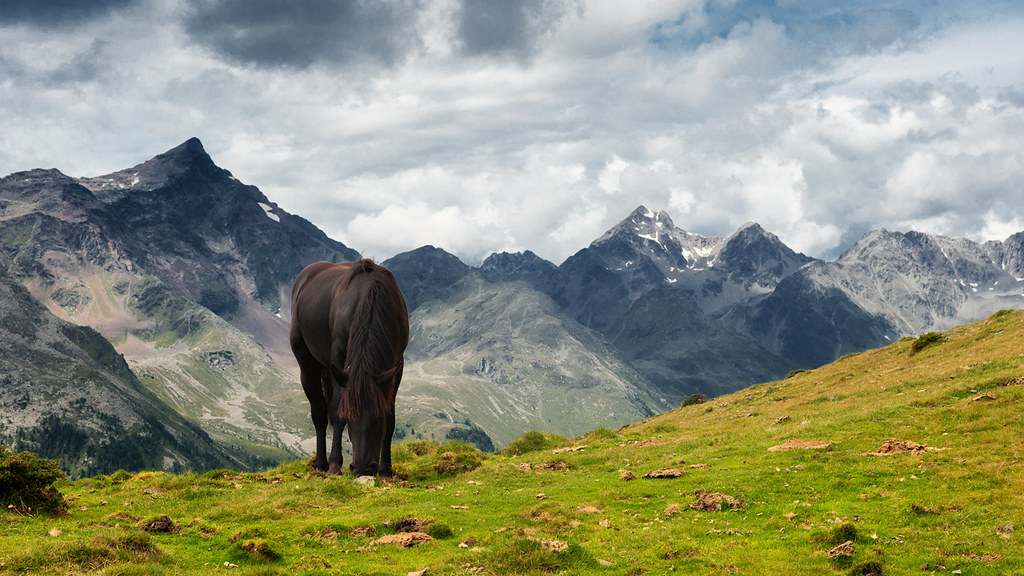
Even with thorough preparation, the first mountain trail experiences should be carefully selected and managed. Begin with shorter, less steep trails with good footing and gradually progress to more challenging terrain. Ride with experienced mountain horses and riders who can model appropriate behavior and boost your horse’s confidence. Plan your first few mountain excursions during good weather and optimal trail conditions. Always have a bailout plan if your horse becomes overly fatigued or stressed. Remember that actual trails introduce variables that can’t be perfectly simulated in training, so be patient with your horse’s learning process and celebrate small successes.
Maintain Conditioning Year-Round
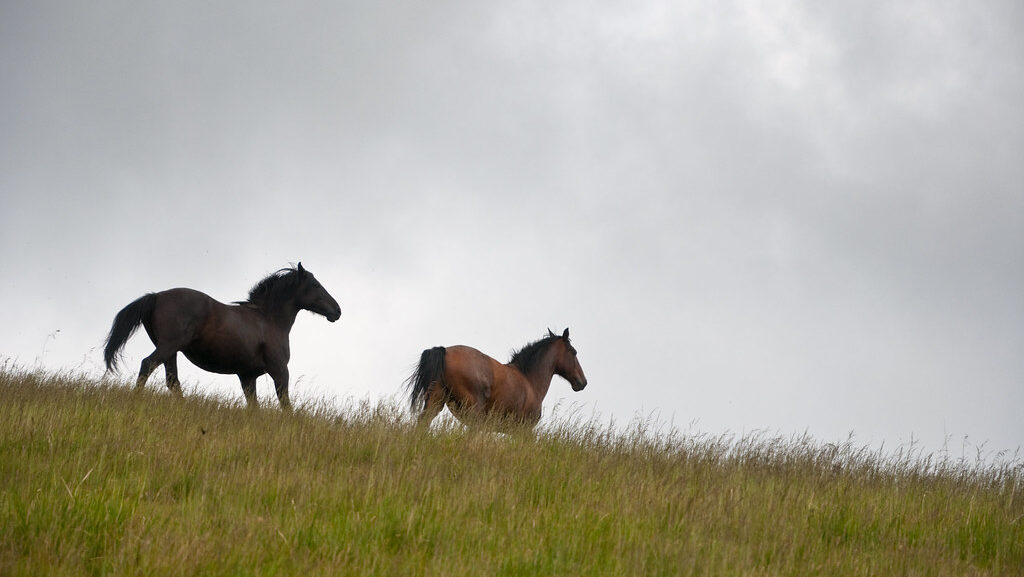
Mountain fitness requires consistent maintenance, with strategies that vary seasonally. During prime trail season, alternate between actual trail rides and focused conditioning sessions to maintain peak fitness. In off-seasons or during poor weather, maintain base fitness with indoor arena work that emphasizes the same muscle groups used on trails. Incorporate cross-training activities like cavaletti work, dressage, or ground poles to prevent boredom while maintaining fitness. Consider using a treadmill or water treadmill if available for off-season conditioning. Remember that rebuilding lost conditioning takes significantly longer than maintaining it, so try to avoid long periods of complete rest unless necessitated by injury or health concerns.
Conclusion
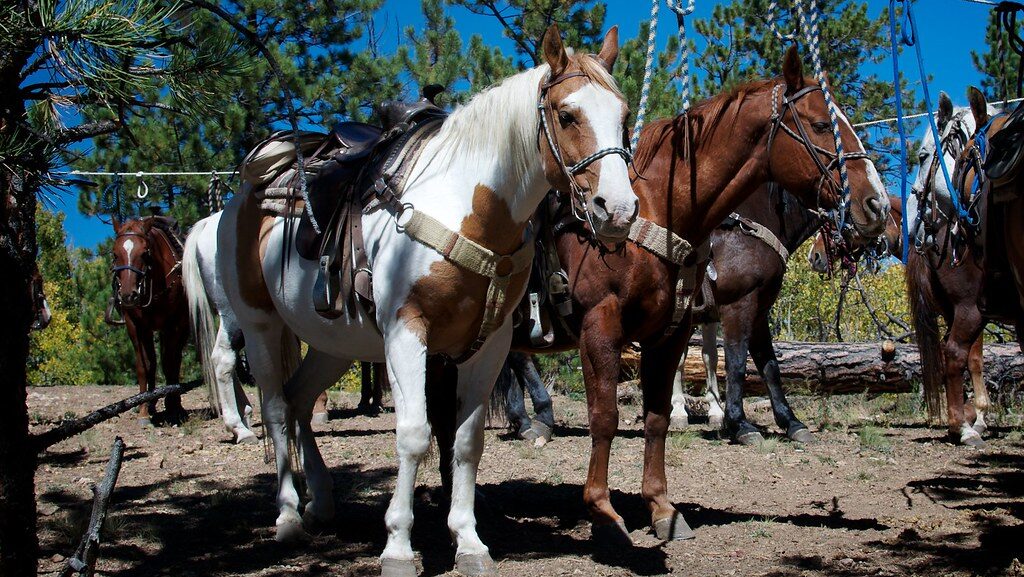
Conditioning your horse for steep mountain trails is a rewarding journey that strengthens both your equine partnership and your horse’s physical capabilities. The process requires patience, consistency, and attention to both physical and mental development. By methodically building your horse’s strength, balance, cardiovascular fitness, and confidence, you create an athletic partner capable of safely navigating challenging terrain. Remember that the conditioning process itself offers valuable bonding time and learning opportunities, making the journey as rewarding as the destination. With proper preparation, you and your horse can safely enjoy the magnificent vistas and unparalleled experiences that mountain trail riding offers.

